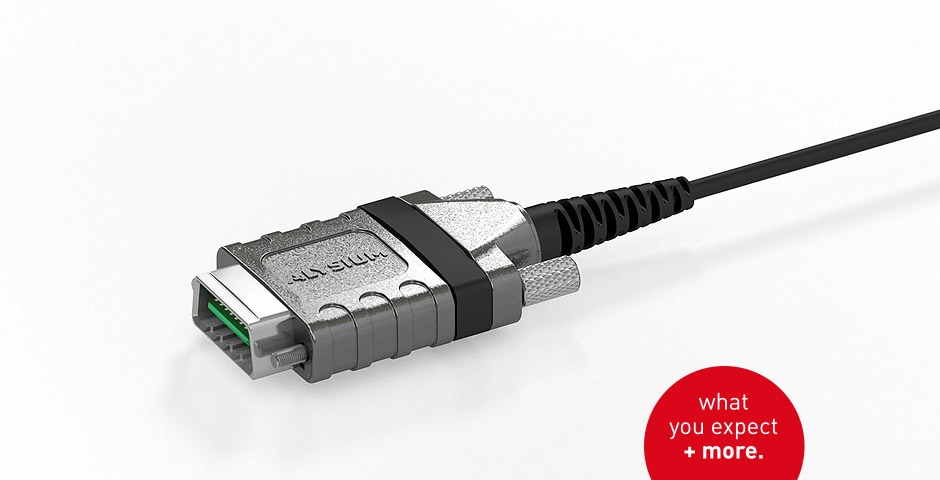Future of Frame Grabbers
The Camera Link HS standard is built for the future of imaging in its implementation of general IP cores, open-source VHDL, and inherent advanced line encoding and error correction. One key to future-proofing the standard is the seamless support for fiber cabling, something that may become standard in most imaging environments. Fiber cable is not fragile or more susceptible to bending, wrapping, or pinching than traditional copper wire. With current technologies, fiber is easy to work with and is field installable and modifiable. Able to carry more than twice the bandwidth of copper at distances of many kilometers, fiber is also less expensive than copper wire. Already a robust imaging interface, Camera Link HS continues to improve. Its use of 64b/66b encoding in 2012 still provides manufacturers and end users a long design cycle from 10Gbps all the way up to 50Gbps. The standard’s many features and capabilities make it stand out as a definitive choice in high-speed imaging applications both now and in the future.

